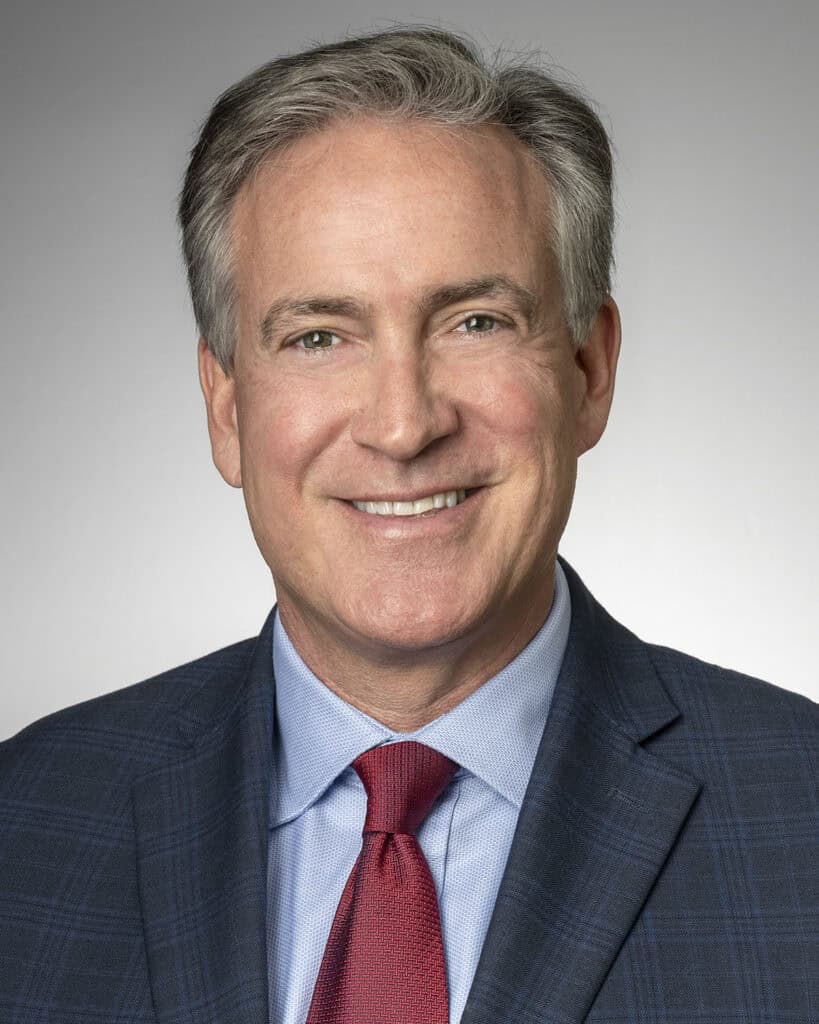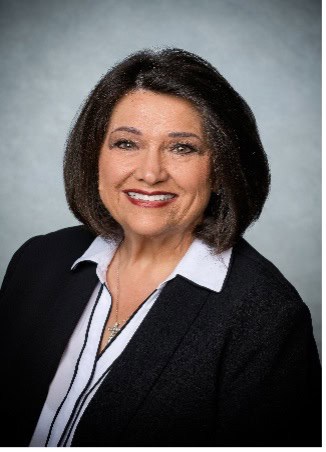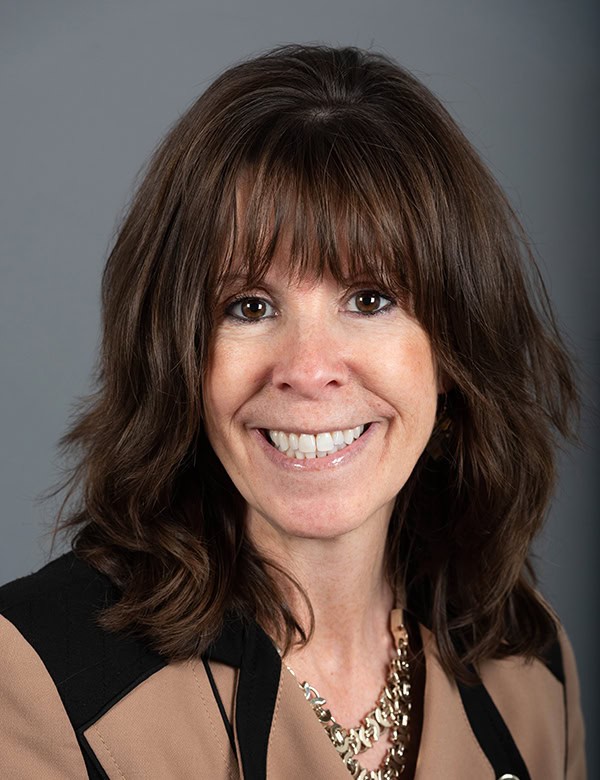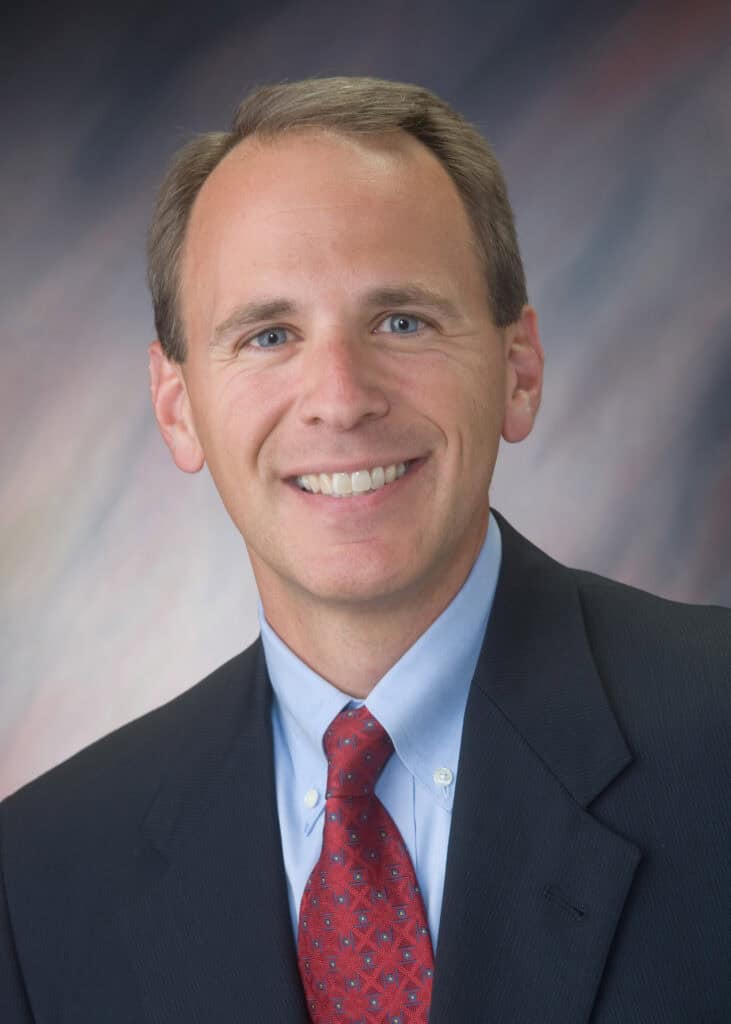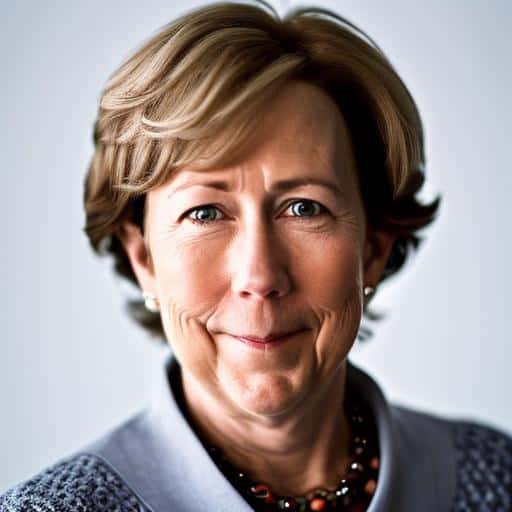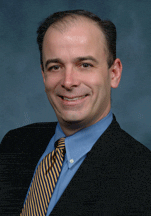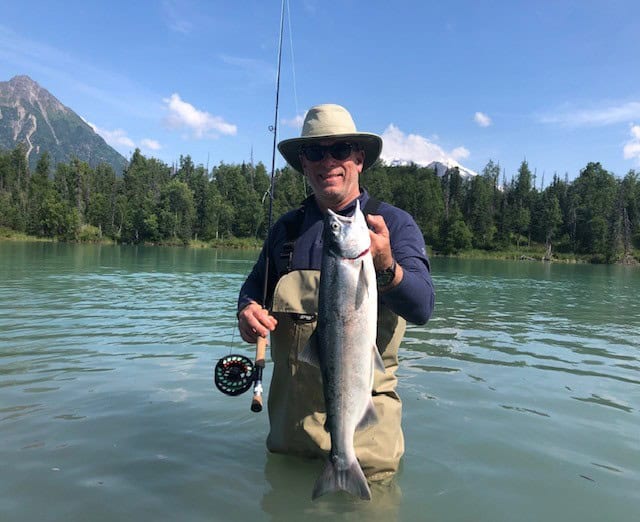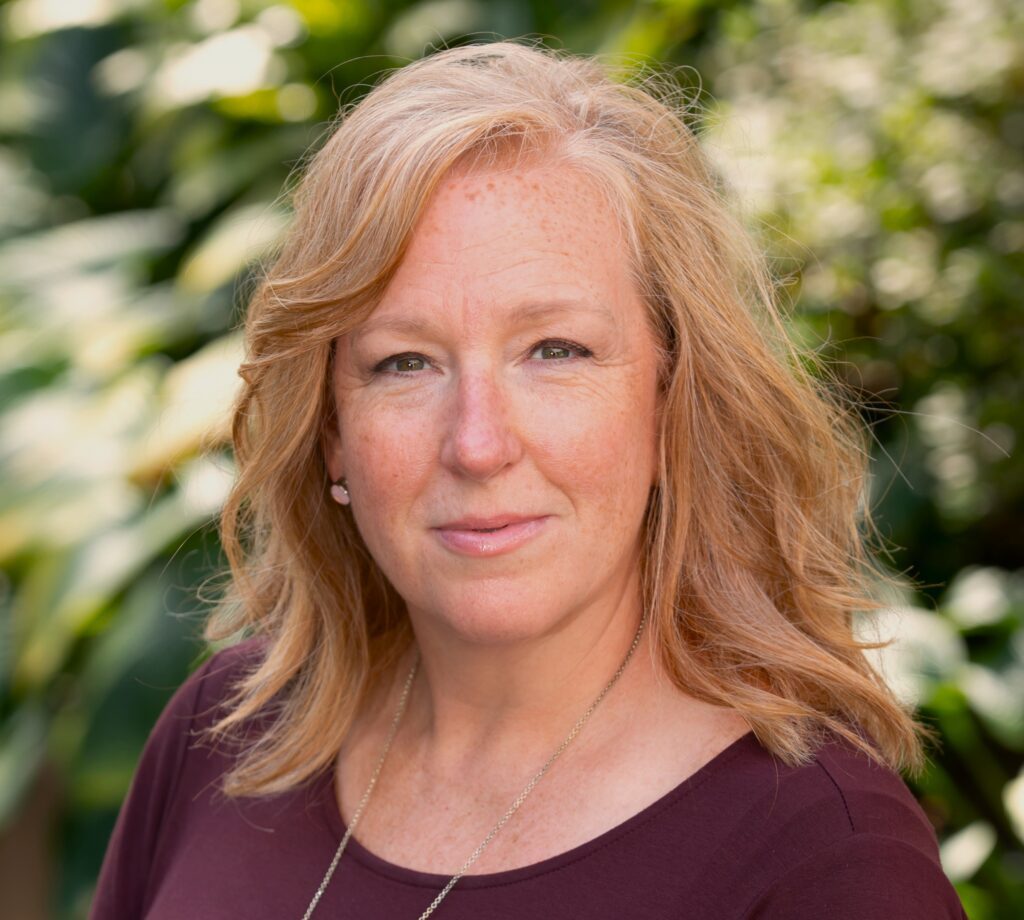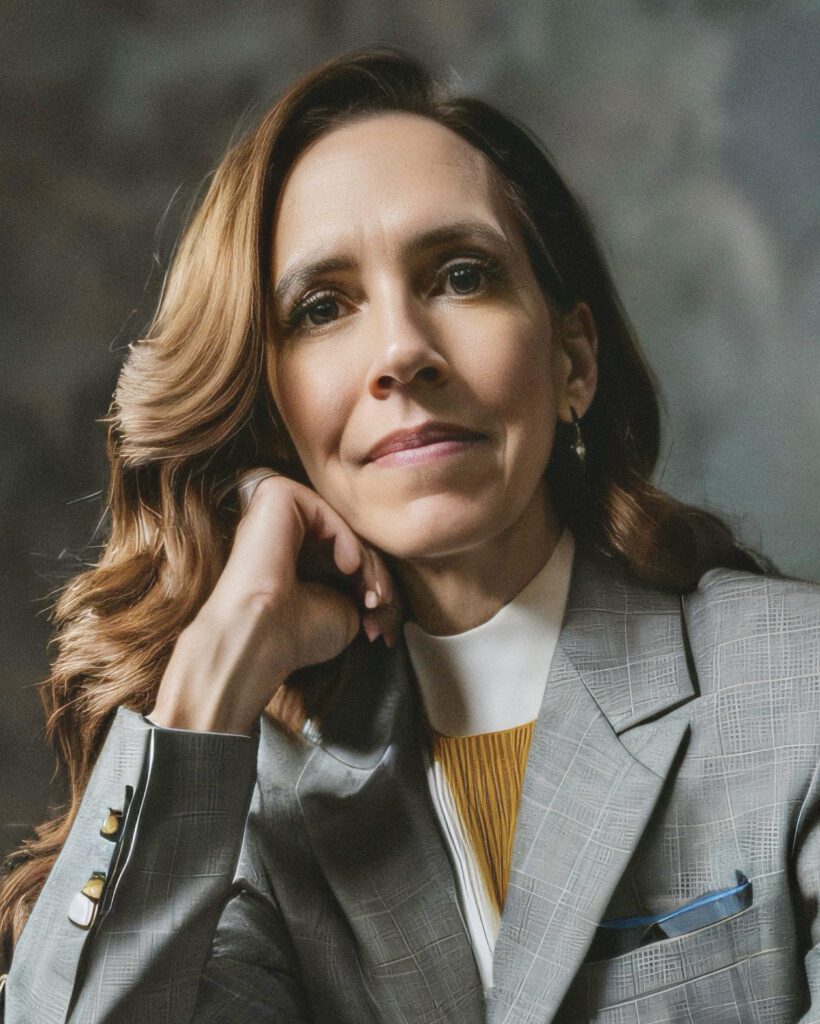In this installment of C-suite Conversations, Chris Howard, President and CEO of Sharp HealthCare, reflects on leading San Diego’s largest healthcare system through a period of rapid transformation. Chris discusses the vital role of technology in advancing care, the impact of national policy shifts, and how Sharp is navigating the opportunities and risks of artificial intelligence, all while keeping people at the center of healthcare delivery.
Sharp HealthCare is a not-for-profit healthcare system based in San Diego, California, with four acute care hospitals, four specialty hospitals, three medical groups, and a health plan. Sharp has 2,800 affiliated physicians and more than 20,000 employees.
Q & A With Chris Howard
Judy Kirby: Chris, I appreciate you taking the time to talk with me today. What I want to talk about is how technology is driving healthcare, and where healthcare is going over the next few years. But first, can you talk a little about what has led to your CEO position with Sharp HealthCare?
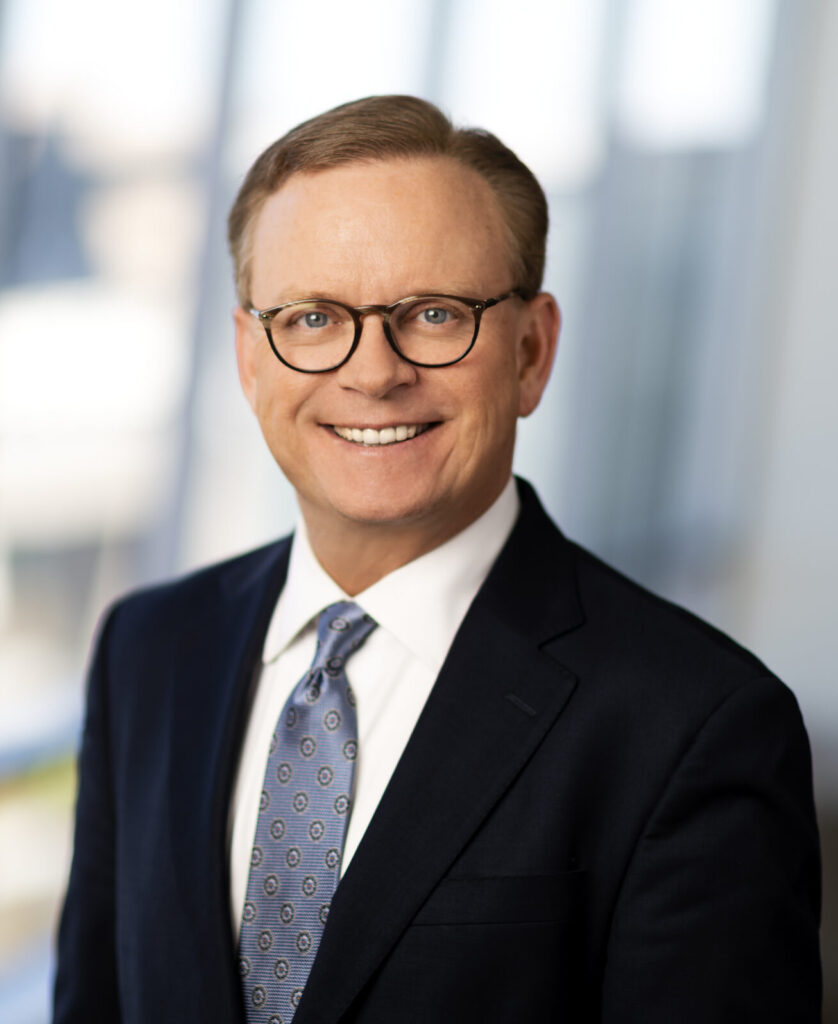
Chris Howard: When I applied for this job, I already knew a great deal about Sharp, but I didn’t know whether what I brought to the table was what the board would be looking for. I had talked to other organizations, and, in fact, my background was not what they were seeking.
My experience includes managing medical practices and helping establish a health plan in Oklahoma, working in population health to serve the most vulnerable members of our community, including those with behavioral health needs, the uninsured, and the underinsured.
From a small community hospital to Baptist Medical Center in Oklahoma City, which is now called Integris Health, to SSM Health Care of Oklahoma, to SSM Health Care of St. Louis, and then to SSM at the corporate level — all of those experiences gave me the breadth of skills and expertise that happened to be what Sharp HealthCare was looking for at the time I was hired.
Judy: In today’s landscape, what keeps you up at night?
Chris: Top of mind today is legislation recently signed into law in Washington, D.C., which will dramatically impact Medicaid funding in the years to follow. There’s no doubt, based on what the bill includes, that what had been feared and has, in fact, come true. There will be almost a trillion dollars taken out of the federal Medicaid fund, which will impair healthcare across this country, especially for hospitals. Many individuals will lose their Medicaid coverage or will have to navigate circumstances to maintain eligibility, which will constantly put them at risk of losing their coverage. That’s not a political opinion in any way, shape, or form; it’s simply a statement of reality. Some people will not meet the new requirements to maintain coverage, and they will no longer be insured. We know from history and data that individuals without health insurance do not access healthcare as easily as those who do have insurance coverage, and thus, community health will suffer.
In addition, here in San Diego, from a binational community perspective, we have many individuals who are already choosing not to access healthcare for fear of being deported or putting family members at risk of being deported. So, we have this large swath of individuals who are not accessing healthcare. And we know from history that they will eventually have to seek medical attention, but they will be much sicker and have no insurance coverage, which will result in a greater financial burden for hospitals and medical clinics to provide essentially free care. As the largest Medicaid provider in San Diego County, it has daunting consequences for a system like Sharp.
Judy: I have recently read about the executive pay cuts in healthcare. Are you able to talk about that and what you’ve done? How did you handle it?
Chris: Yes, I can talk about it. I met with the executive leadership team, and we discussed the workforce reductions we needed to make to improve our overall operating status over the next year or two as an organization. We knew a number of valuable team members, including 30- and 40-year team members at Sharp, would no longer be with the organization. There was no way that the executive leadership team could not participate in that.
So, we reduced the number of members on our executive team by two, and all executives agreed to receive less pay this year, with no standard increases for next year. What’s more, I felt I should make an additional contribution and informed the board that I would be doing so. It was not a difficult decision at the end of the day, Judy. Because, ultimately, I’m the individual responsible for the organization’s overall health and well-being.
Judy: Will that make it harder to get the best new physicians, nurses, and other people to come to Sharp, or might it make it easier because people see a fiscally responsible organization that does the right thing?
Chris: I’m not sure. I’ve heard positive comments based on the actions at the executive level, but that should not be the headline here. The executives of the organization are the most highly compensated individuals of an organization. They have the ability to absorb some sacrifice, in some cases, far more than others. I think it sends a clear message that the leadership team wants to be part of the solution. We’re all in it together.
Judy: So you’ve probably heard the comment that healthcare organizations are really technology companies that deliver healthcare. From your perspective, how accurate is that comment?
Chris: I don’t agree, and I say that with complete respect for the technology that enables us to provide the high-quality healthcare we have here. However, I know from 37 years of healthcare experience that it is our highly educated and trained individuals, such as our nurses, technicians, and physicians, who are putting their hands on patients and providing healthcare. That is where healthcare takes place. Everything else helps ensure that they can do their jobs as effectively and optimally as possible.
People provide healthcare, not machines. Ironically, Sharp is the largest network of excellence in robotic surgery in San Diego, with over 20 robots being utilized to provide exceptional surgical procedures for our patients. But there’s a physician behind each of those robots doing the procedure, and the robot enhances the physician’s ability to create better outcomes. It’s the nurses at the bedside of patients, whether they’re in a clinic, a hospital, one of our hospice homes, or elsewhere. People are at the heart of our organization, as it should be.
Technology, though, has advanced to such a level that we can now do much more than we ever could before, make better decisions, and work more effectively and accurately. Information technology is the backbone of the infrastructure that enables clinicians of all types to deliver exceptional healthcare, and it is absolutely critical to our success.
Judy: As a CEO, how do you view technology’s role in driving Sharp HealthCare’s future?
Chris: I think it’s at the top of the list. The advancements in information technology have enabled organizations like ours and many others across the country to be significantly more innovative and effective than we could ever have been without them — and, frankly, to survive. Since we’ve implemented things like Workday and Epic across our system, we’re much more cohesive. We’re able to do things with this technology that are more advanced than we could do before, and that’s a good thing.
With the use of artificial intelligence in clinical diagnostics, particularly in areas like radiology, we are already able to diagnose masses or abnormalities at a significantly faster rate. Today, that is possible. Tomorrow, it will be a basic necessity. I think having this technology will accelerate the advancement of healthcare as an industry and provide more definitive answers to clinical questions that have eluded us for many, many years. Being able to do our work in real time, much faster, more effectively, and with better outcomes — I think that’s a great day for healthcare overall.
Judy: AI poses big questions about guardrails. How are you addressing governance and guardrails with Sharp as you move ahead?
Chris: Governance was the very first thing we addressed as an organization because we were extremely concerned, I especially, that we didn’t know what we didn’t know about AI. And that remains the case to some extent. We established a multidisciplinary AI Ethics and Oversight Committee Governance, comprising leadership from across the organization, to answer the tough questions about how we utilize AI. How do we control AI? How do we know what’s coming with AI? And most importantly, what are the pitfalls or dangers of AI? Because AI is a miraculous new technology, without a doubt, and we are already seeing its benefits. However, if left uncontrolled — or perhaps a better way to say it is unregulated — in a healthcare system, it can place the organization at great risk.
For example, we realized early on that team members across the entire organization were using ChatGPT and asking ChatGPT about our organization. That meant information about our organization was now contained somewhere within ChatGPT, in the public domain. We wanted to put protections in place to ensure that our data was not shared inappropriately. So, our great Information Technology Division created Sharp AI, which is essentially a structured, protected, and controlled version of ChatGPT. The decision was made by our AI Ethics and Oversight Committee Governance to disable the use of regular ChatGPT on any Sharp platform.
Judy: You mentioned the use of AI for radiology at Sharp. Where else are you using it?
Chris: We are using it in our medical offices, essentially with automated ambient dictation and recording of notes from our physicians and clinicians. Back when the electronic medical record (EMR) was introduced to healthcare, it was going to transform the healthcare experience. However, it also created an additional burden in the patient care setting because our physicians were typing on a keyboard, sometimes not even facing the patient, to ensure that all the information was entered into the EMR. Now, our clinicians can set their mobile device on a table and have a real conversation with the patient, while the AI-enabled technology transcribes the entire conversation in real time. In some cases, it does so in greater detail than our clinicians might have done themselves, especially when trying to recall everything they discussed with a patient during the visit earlier.
That has been a game changer for our clinicians who literally tell us, “Finally! With this technology, I can engage my patients the way I used to and not worry about whether I am going to remember everything the patient tells me in perfect detail.”
Judy: What else?
Chris: In research, our Innovation Institute is partnering with companies to utilize AI technology and data to achieve greater efficiency and efficacy to the end point of a clinical trial or to reach a diagnosis in less time. We’re also utilizing it in the revenue cycle to increase speed and efficiency. This involves extracting information from the medical record, properly coding for an episode of care, billing for that episode, and resolving any potential issues that could delay payment in advance.
Judy: We’re hearing from some organizations that technology should now be less about innovation and more about deriving value from the technology they already have.
Chris: I feel there’s an opportunity to maximize the opportunity on both sides. Our innovation division operates within its own domain. It has its own budget and its own goals and objectives, which include seeking out new technologies that could one day benefit Sharp. It’s not necessarily about today; it’s about five years from now. The number one question we have is, what is possible that we don’t know? What is a challenge that we don’t realize today? What investment abilities might we develop in the future that could prove to be a wise investment, helping us improve our processes, reduce costs, or provide care more effectively?
So, the innovation division continues its work in real time, but it’s compartmentalized to ensure it doesn’t have blinders to what’s possible in the realm of innovation. And then there’s everything we have today, such as Epic and Workday, and many of the processes, structures, and technologies used day in and day out. There is no doubt that we have an opportunity to optimize the technology we have today. We converted systemwide to Epic last year, and Epic is deploying more AI-enabled technology on a weekly or monthly basis than we’re taking advantage of. There’s a lot of work underway to ensure that we understand the technologies available to us, which ones we should deploy now, and what is already deployed that we can take greater advantage of.
The lion’s share of our work right now is to optimize what we currently have, but innovation is happening all around us. It’s not an “either/or,” it’s more of a “yes, and.” I think there’s an opportunity to take advantage of the best of both worlds moving forward.
Judy: Another thing we’re hearing is that there is a significant skills gap in healthcare among the C-suite and director-level executives as they’re coming up. Have you noticed that gap, and how are you addressing it?
Chris: I have seen it, and in reality, it’s a generational thing. I’m not saying it is older executive leadership versus other levels of leadership, but there’s no doubt that up-and-coming leaders are more involved in the details, and they’re very interested in and engaged with the technology that exists today. So, what I have expressed to our Information Technology group, in particular, at all levels, is to educate us, teach us, interpret for us, because they are the experts in technology, not Chris Howard, the CEO of Sharp. I readily admit that.
I’m open to learning and interested in doing so, as are the rest of our executive leaders. We want our other leaders across the organization to come forward transparently and tell us what we don’t know and tell us what’s possible, what’s working, and what’s not working. There’s definitely a bidirectional communication process at Sharp where feedback is requested, received, and welcomed. Years ago, somebody said to me, “The good thing at Sharp, Chris, is that we ask for input. And sometimes, the challenging thing at Sharp is that we ask for input.” I think he was right because there is far more input coming in than we can absorb or address on any given day, but it’s always welcome.
Judy: If you hadn’t moved up into the CEO ranks, what career path do you think you would have taken along the way?
Chris: Growing up, there were two things that I was most interested in. One was architecture. I always thought designing buildings, structures, or homes would be a fascinating field. The other was meteorology. I loved growing up in the Midwest weather. Most Midwesterners either love or hate the weather, but they’re always paying attention to it. I thought, what a great thing it would be to be a meteorologist on television, because how many jobs can you have where you’re wrong a lot of the time, but you keep your job? That’s no dig on meteorologists. Those folks, of course, do a fantastic job to the best of their ability, but the weather is what it is, and it will always be unpredictable to a degree.
Judy: What passion or hobby do you enjoy dedicating your time to outside of work?
Chris: I enjoy golf, although my skill level has definitely plateaued. My wife also plays, so we enjoy golfing together on the weekends. We also like to hike and enjoy the diverse San Diego landscape. Being able to get out and enjoy 75-degree weather for much of the year is a real treat. We also like to cook, and for most of my life, I have smoked food on the multitude of smokers I’ve collected, much to my wife’s chagrin.
